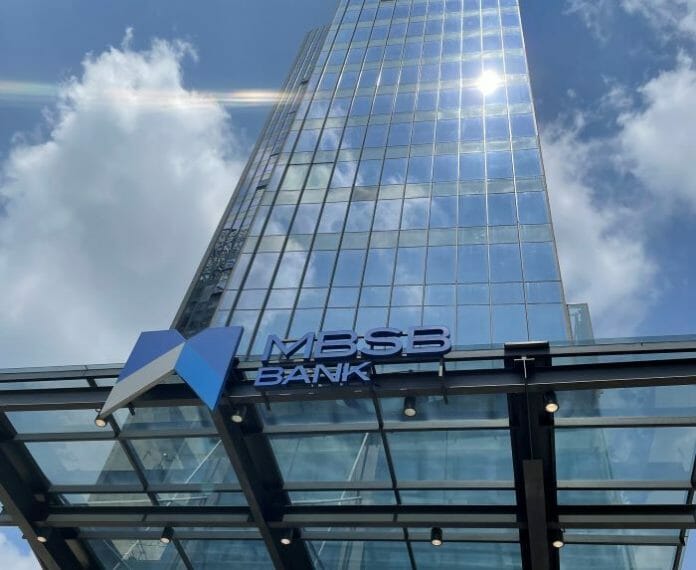Analysts at Kenanga noted that MBSB’s 1HFY23 net profit missed expectations as the top line struggled from a higher cost of funds while a provision-heavy 2HFY23 could be expected. The group may continue to see exacerbated NIMs until it is able to meaningfully raise its CASA levels. That said, MIDF’s propositions may require some time to integrate to complement the group’s strategies.
MBSB’s 1HFY23 net profit of RM157.8m missed expectations, making up only 33% of the full-year forecast. The negative deviation appears to be due to steeper-than-expected funding cost. Although the group registered a trivial credit cost of 3bps, guidance for full-year readings to stand at 30-35 bps could indicate significantly heftier provisions to come in 2HFY23. No dividend was declared as expected, given the group’s trend of single payments.
YoY, 1HFY23 total income came off by 29% mainly on the back of diminishing NIMs on significantly higher funding costs affecting its net Islamic income. That said, the group is able to improve its gross financing base by 9%. No thanks to the lower top line,the cost-income ratio surged to 55.8% with some added personnel cost from collective agreement adjustments. With the help of writebacks from better staging in its consumer segment, the group’s credit cost showed significant improvement to 3bps. Despite this, 1HFY23 net profit was still reported lower at RM157.8m from the lower income. Briefing highlights. The group is setting up efforts to keep near-term prospects sustainable.
To address its poor funding mix, the group hopes to uplift its CASA levels by improving MBSB’s banking experience. The group opts that by introducing more holistic offerings, newer consumers may identify it as a preferred bank. The group aspires to build its corporate portfolio where it now has a higher mix of retail and SMEs.
MIDF’s existing propositions appear to have little overlap with MBSB’s suite of products. This could present a more complementary relationship where cross-selling opportunities may arise. Kenanga opines the group may benefit greatly from the introduction of wealth management products to its customers.
In the longer term, should a higher CASA mix materialise, the lower translated funding cost could provide greater flexibility to the group to offer more attractive financing rates. This could also be a catalyst to increase long-term financing growth going forward.
In terms of capital management, the group’s loan loss coverage stands at below 60%. The group is looking to revisit its nonperforming portfolio to reoptimize its coverage; the house opines the group may need to inject further allowances as a more reactive and immediate measure. This could be in the same tune to meet its 30- 35 bps credit cost guidance..
Post results forecasts, Kenanga has slashed its FY23F/FY24F earnings by 40%/20%, mainly led by the plunge in top-line projections. Although credit cost is expected to be loftier in 2HFY23, the house narrowed its credit cost input from 35bps to 30bps to be in line with the lower range of the group’s guidance, as further writebacks may improve readings.









